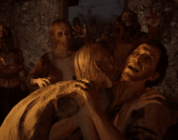Over the past few years, Sony’s PlayStation 4 exclusives have managed to gain almost cult status. Almost every major game has surprised – be it a powerful plot, a bold approach to presentation or outstanding visual design. And surprisingly, they were created by completely different studios. But with Days Gone, everything was different – no one believed in it for a long time. The Bend Studio team had previously worked mainly on projects for portable consoles, and the game concept itself was too reminiscent of the already legendary The Last of Us. The main distinguishing feature? Hordes of zombies that run like real ones. Like, look how realistic and impressive everything is done here.
The game was awaited with caution, with a fair amount of doubt. And, oddly enough, this was both justified and not at the same time. Despite the skepticism, each new Days Gone trailer looked more and more impressive – more mature, more cinematic, better quality. That’s why interest in the release only grew: what if they really did something special?
Table of Contents
Days Gone Free Steam Account
When you think of Days Gone, the first thing that comes to mind is not the gameplay, not the shooting, and not even the open world, but the story. And it’s not so much the plot, but the way it’s presented. The plot itself is a classic post-apocalyptic genre, without any revelations. We have a hero – a biker named Deacon St. John, whose wife disappears at the beginning of the zombie apocalypse. He loses her – literally and metaphorically – and then lives in limbo for years: riding around the area, taking on dirty work, hunting bounties, helping survivors … and all this time he can’t truly let go of the past.
Deacon is a typical loner, rude and withdrawn on the outside, broken and vulnerable on the inside. He acts like a person who doesn’t care about anyone, but as you progress, it becomes clear: he has his own moral compass, even if it is not always obvious. He saves a friend who is in trouble, he helps people in trouble, he fights – not only with zombies, but also with himself. It is interesting that almost every camp of survivors, where fate brings him, tries to “tame” him. People see in him something more than he sees in himself. They tell him that he is a good person, even if he himself does not agree with it. Such moments make you empathize, because they are about real human loneliness, guilt and hope. And here the main thing is how it is all told. Visual direction, scene structure, dialogues – these are the strongest sides of the game. Even if the plot itself does not shine with originality, its perception changes thanks to the high-quality presentation. Yes, there are controversial decisions: for example, short cutscenes, which for some reason alternate with the same short loadings, or moments where control is taken away from you at the most inopportune moment. But against the background of the overall emotional density, these are trifles.
One of the coolest techniques that Days Gone uses is the lively speech of the characters. Deacon almost never stops talking. He talks on the radio, comments on what is happening, grumbles, complains, jokes. Even when you are just riding a motorcycle, he can mutter something under his breath, and this adds a sense of presence. There is no feeling that you are driving a soulless dummy. This is a person, and he is nearby. Dialogues here work not as a decoration, but as a driving force – through them, characters, motivations, relationships are revealed. And this is not only in story scenes. Even in side missions, even when buying weapons, the heroes do not remain silent. Traders in the camps comment on what is happening, talk about themselves, and as the story develops, their attitude towards you changes. One of the striking examples is Blair, the weapons seller. At first she is cold and detached, and then she begins to joke, smile and even flirt a little. It would seem like a trifle. But it’s details like these that make the world come alive.
Flashbacks are another important element. They take us back to the time before the disaster, when Deacon and his wife Sarah were together. These scenes are not just nostalgia, but an attempt to explain why he still clings to this past. We learn what he was like “then” and how much he has changed since. This is important for understanding the hero, for empathy. At the same time, somewhere in the background, a storyline is developing with the mysterious military organization NERO. These guys study zombies (in the game they are called freakers), but they are absolutely indifferent to ordinary people. They wear sealed suits, drive armored vans and are clearly hiding something. Why did the epidemic start? Can it be stopped? They definitely know something, but they haven’t told us yet.
The world of Days Gone wouldn’t be complete without some absolute silliness. There are crazy cultists here – they burn symbols into themselves, worship the dead, and actively interfere with the lives of normal survivors. This is one of those elements that adds a threat to the game that is not directly related to the freakers. These people are even more dangerous. I would like to say a few words about the music. Composer Nathan Whitehead did a great job. His soundtrack works almost imperceptibly, but it definitely hits the right mood. When a horde is rushing at you, the music turns it into a real scene from a horror movie. And when the game touches on personal, sentimental moments, it subtly emphasizes emotions without going overboard with pathos.
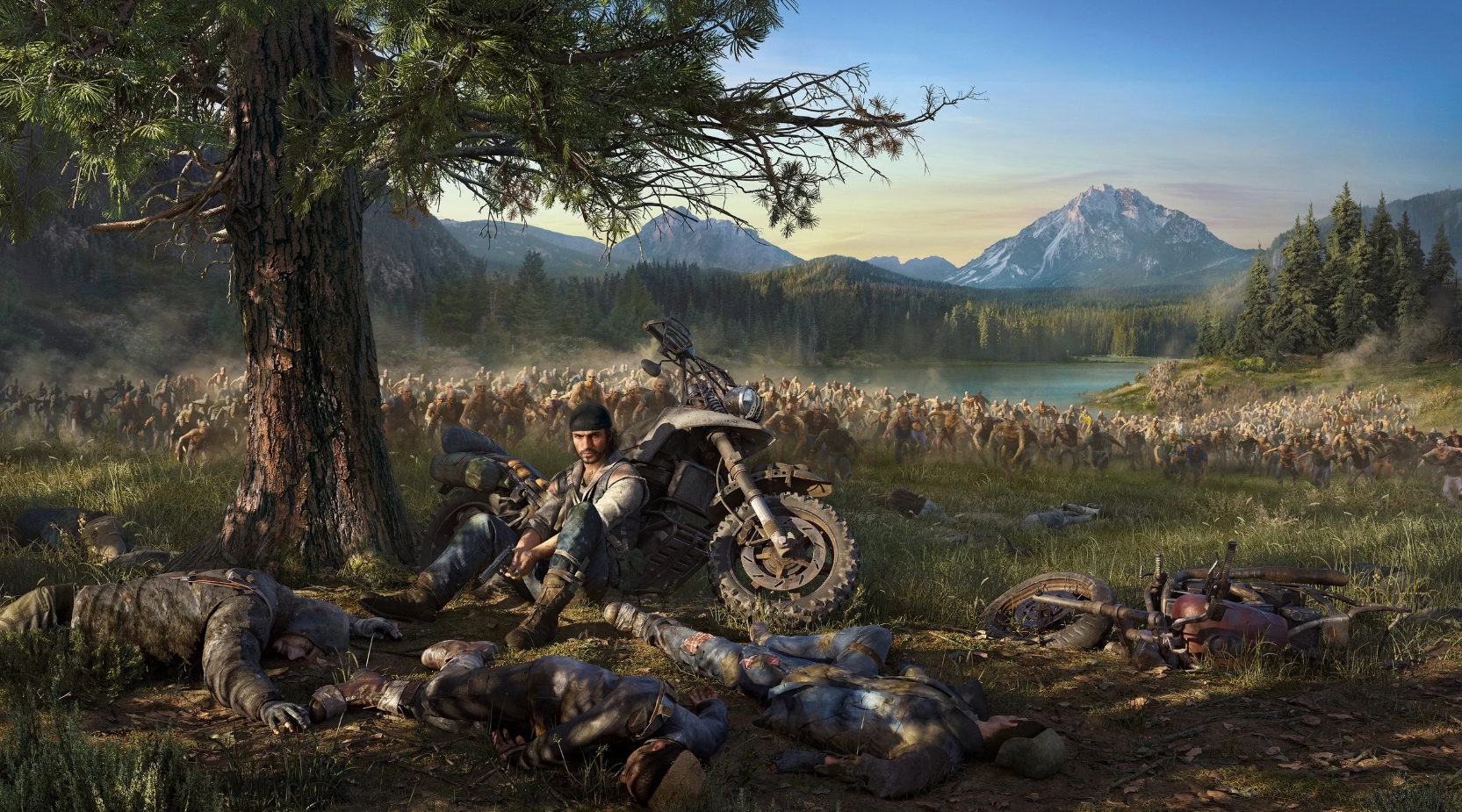
Another strong point is the acting and facial expressions. Especially Deacon, played by Sam Witwer. He may be known as Starkiller from The Force Unleashed or Darth Maul from Clone Wars, but here he is simply gorgeous. His facial expressions, intonations, even sighs and phrases like “here we go again” work to reveal the character. It’s not just a voice — it’s a living person, and you believe him. Even the secondary characters sound cool. For example, there are scenes where Deacon eavesdrops on conversations between soldiers. One corporal bombards a female lieutenant with questions about the nature of zombies, and their dialogue is so lively and funny that you forget that the mission is actually boring. It’s just interesting to listen to them. Visually, Days Gone looks simply stunning: sunrises, sunsets, foggy mornings — all of this seems to have come from the pages of a fairy tale. And the pine forests and the reflections of headlights on wet asphalt are almost indistinguishable from reality. Alas, screenshots are unable to convey all this beauty — only in motion does the game truly come to life.
Start your free gaming journey with a free steam account with games!
But you can’t live on a beautiful picture — all this would not work if the plot and characters were bland. And here Bend Studio pleasantly surprised. The main character, Deacon St. John, turned out to be far from an exemplary guy. He can be tough, hot-tempered, does not hesitate to lie, and sometimes behaves, to put it mildly, not like a saint. But at the same time, he has something that catches your attention — charisma, inner strength and a rare sense of responsibility for loved ones. It is easy to recognize a real person in him, perhaps you yourself have crossed paths with one in life. Therefore, you want to empathize with him, despite his flaws.
When you find yourself on a watchtower or in a survivors’ camp, you catch yourself thinking that you feel safe. This is a rare feeling in a world where everything around you dreams of finishing you off. It is the desire to make what is happening more lifelike that distinguishes Days Gone from other post-apocalyptic games. Many did not like how the localizers translated the title as “Life After”, but if you think about it, it is right on target: the game tells not so much about the catastrophe, but about what happened to people afterwards – how they live, what they believe in and what they expect from the future, which they themselves do not fully believe in. Moreover, the story is revealed not through long monologues, but carefully, in passing – sometimes someone will mention that the trout in the lake is running out, sometimes they will remind you of the shortage of medicine or fuel. Such little things create the feeling of a living world.
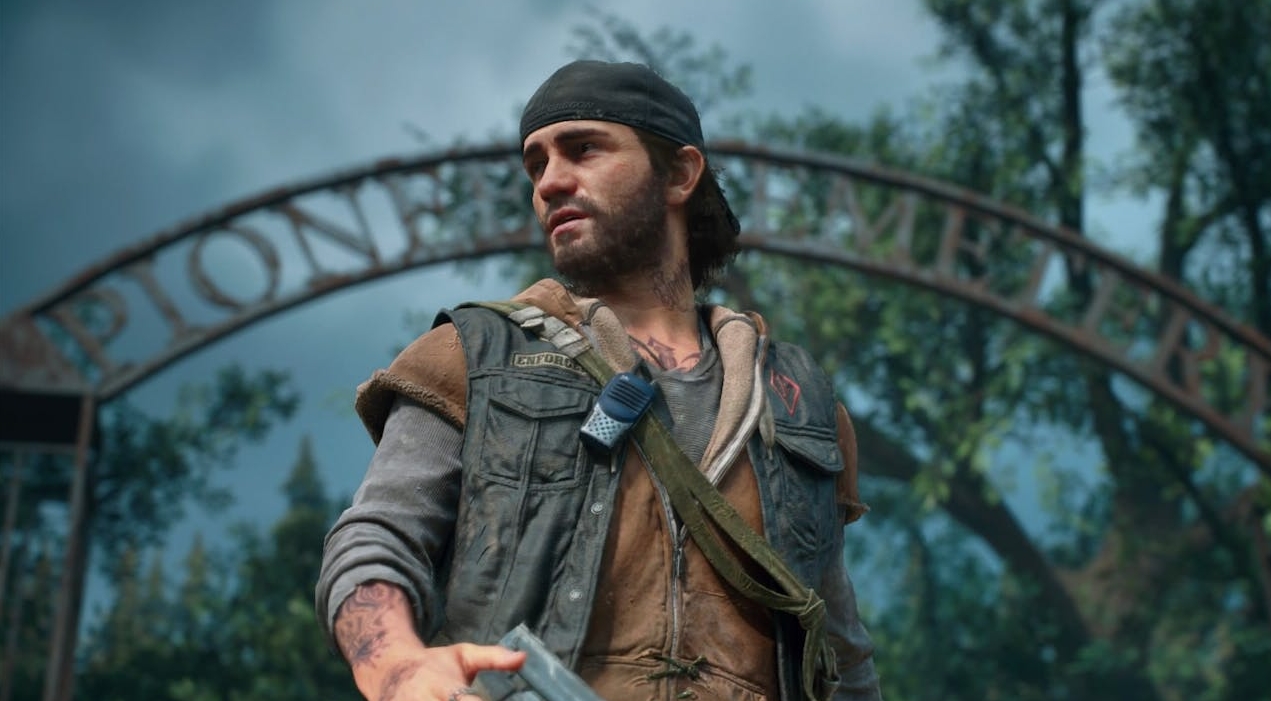
The first meeting with a horde of zombies is a moment that is impossible to forget. Seeing a huge crowd of creatures rushing towards you is not an experience for the faint of heart. And the zombies themselves are not quite standard. They are not called zombies, but freakers – and for good reason. They behave completely differently from ordinary “walkers”: they build nests in abandoned buildings, show strange beginnings of habits from a past life – someone reaches for jewelry, someone gathers in packs and prefers the nightlife. Even the virus in the game is not presented as magic, but with an attempt at a scientific explanation: freakers feed not only on flesh, but also on berries, continue to mutate and are already more like a new species than the living dead. It is obvious that the developers tried to go beyond the templates and look at the hackneyed topic from a new angle. It is a pity that many interesting details were left for the future. If the sequel does see the light of day, it will be very interesting to see how deep they decide to dig further.
Days Gone Gameplay: How to Survive in a World of Freakers and Marauders
Days Gone is not a game that tries to reinvent the wheel. Quite the opposite: it’s as if they’ve collected everything that’s long been familiar from dozens of other action and survival games and tried to put it together into one coherent picture. And they’ve glued it together, admittedly, quite neatly. Let’s start with the gameplay. It evokes a persistent feeling: “I’ve seen this somewhere before.” Hide and seek in the bushes, stealth with throwing pebbles, flanking and shooting from behind cover — all of this has long become the standard of the genre. You won’t discover anything revolutionary here. But it’s the familiarity and recognition that makes the local gameplay understandable and even cozy. You know how to act from the first minute and don’t waste time mastering complex mechanics.
The player’s arsenal includes classic survival tools: “eagle vision”, searching for plants for crafting, collecting all sorts of junk to create first aid kits and grenades. And if at first all this seems trivial, then over time you understand – in this game even the little things are not just like that. For example, each stinking Freaker nest is not just a point on the map, but a mini-challenge. To destroy it, you need to prepare: find bottles, collect fabric, make Molotov cocktails. And also – not get ambushed along the way. The open world of Days Gone initially gives the impression of “another map with a checklist”: clear the nest, free the camp, turn on the power at the government point. But here everything is a little more interesting – the mechanics complement each other. For example, having cleared the nest, you reduce the activity of Freakers in this area, which makes the path to the new camp easier. The found cache gives an improvement, thanks to which you can survive a little longer. And so on. Everything works together, and the game, although not right away, is addictive.
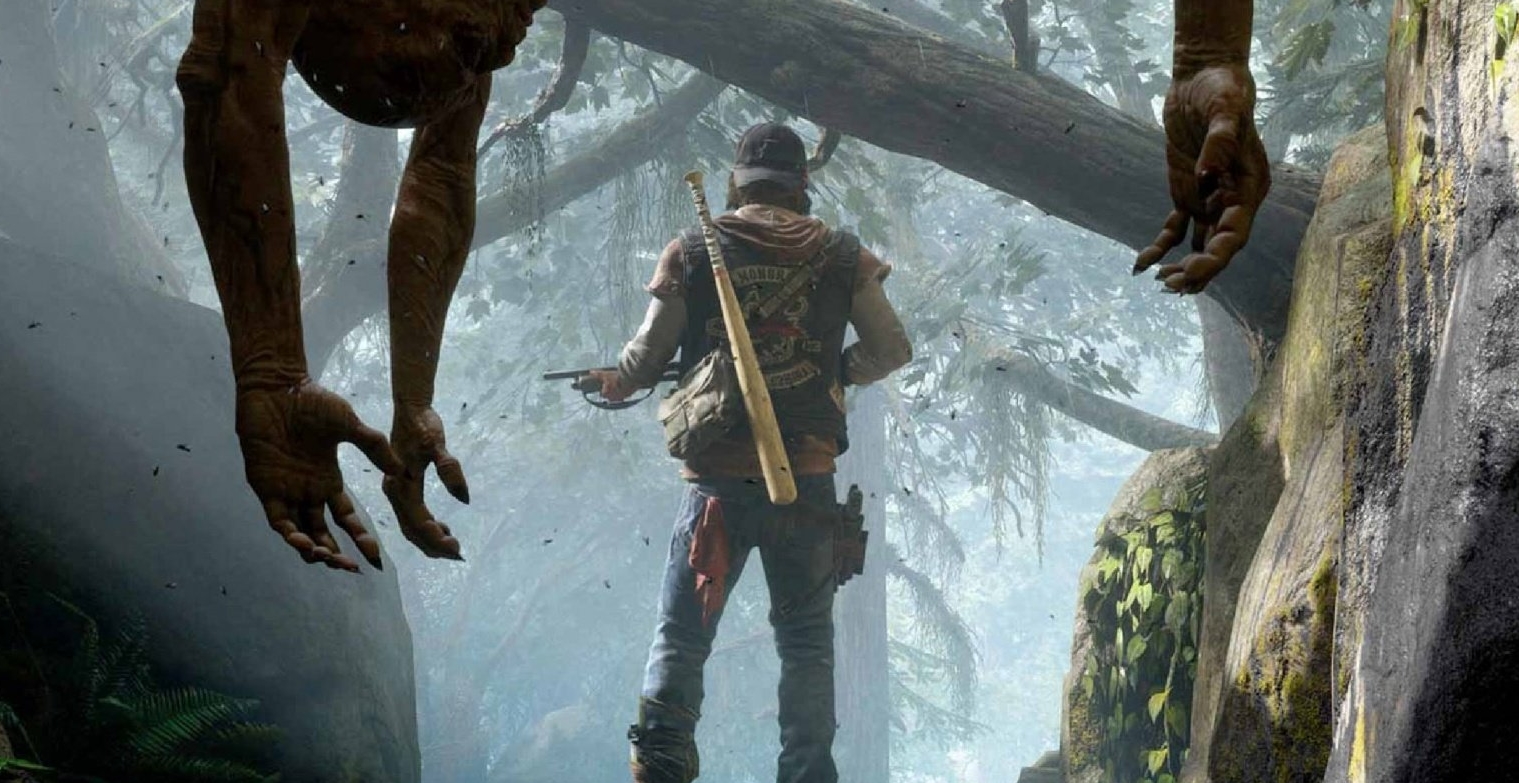
One of the most striking and memorable details of the game is the motorcycle. It is not just a means of transportation, but your faithful companion, almost a partner. Deacon is a biker not in spirit, but in life. His “iron horse” is freedom, survival and a home on wheels. Riding it is a real pleasure: you feel how heavy it is, how inertia prevents sharp turns, how off-road it begins to behave completely differently. Jumps over hills are felt by the body, and skid control is almost like in a simulator. Here you can’t just mindlessly press the gas – you will have to learn to maintain balance, brake in time, not fall into ambushes.
You can tune your bike: change its color, improve its characteristics, install new parts. But the most important thing is that without it, you are nobody here. Saving, fast travel, even the banal delivery of yourself from point A to point B – everything is tied to the motorcycle. If it is broken or out of gas – you are vulnerable. And gas and spare parts, as usual, are not lying underfoot, but hidden in the most dangerous corners of the map. Sometimes, for the sake of a canister, you will have to clear out an entire camp, run past freakers in the pouring rain, or get into a fight with marauders.
Of course, you can buy fuel in camps. But even here, everything is not so simple: each settlement has its own money, its own system of trust. You can’t just go and buy a cool weapon. First, prove that you are not an enemy: help, save someone, deliver a package, clean out a nest. Only after that will you have access to the best things. The arsenal in the game pleases with its variety. Each weapon feels different: the shotgun has a powerful recoil, and the pistol requires precision. There’s even a PPSh here – with a backstory! According to the merchant, he once used it in the filming of a TV show, and then carried it with him. Such little things make the world of Days Gone alive and believable.

But the most interesting thing is how the mechanics are intertwined. There is no feeling that the loot, crafting, combat and exploration systems work separately. Every bottle is important here, because without it – there is no cocktail. Without a cocktail – you can’t destroy the nest. Without a first aid kit – you won’t survive the attack. Without ammo – you won’t get to the supplies. And without gas – you won’t go anywhere. No unnecessary actions. Every movement makes sense. Even close combat here is not just a button for any case. Ammo is scarce, enemies are sensitive to sounds, and you can survive hand-to-hand combat without making noise. Just don’t forget – weapons break. You’ll have to monitor the condition of your baton or axe, repair them in time, look for a replacement. Otherwise, at the most inopportune moment, you’ll be left with your fists against the crowd.
As for the AI, at first it may seem that the enemies are downright stupid. But later, when organized opponents appear, you understand: this was intended. Trained fighters behave smarter, use cover, flank, shoot more accurately. And then the fight becomes a real test. The world of Days Gone is not just open – it is alive. The weather changes: it snows, then suddenly rains, then bright sunshine. This is not just a picture – it affects everything. It is slippery during rain, visibility is worse during a blizzard, freakers are more active at night, but they see worse. Random events occur: someone calls for help, shots are heard somewhere, you can stumble upon a body by the road and accidentally end up in a trap. And the trap is not a script, but the result of enemy behavior. The player can be caught unawares, bypassed, lured out.
Sometimes the enemies themselves fight for you: zombies attack marauders, wolves attack freakers. And you, hiding in the bushes, watch this carnage, deciding when to intervene – if at all. At such moments, you understand that the game knows how to surprise. That is why every foray is an adventure. You never know what awaits around the corner. An enemy can knock you off your bike, surround you with a whole pack, and you are fighting not with the plot, but with simply staying alive. Ambushes, ropes stretched across the road, fast enemies breaking the rhythm of movement – all this creates tension. And if a thug or a screamer suddenly appears, get ready: it will be tough. Falling off a bike is almost always fatal. Raising it under the pressure of freakers is quite a task.

And now about the main thing: hordes. This is a feature that was shown in the first trailers. Hordes of freakers, 200-300 bodies, rushing at you like a wave. And it is really scary. Fighting them requires preparation, strategy, thinking. Traps, passages, surroundings – everything needs to be taken into account. Even if you have a machine gun and a grenade launcher – this is not a guarantee of victory. The horde is relentless, it presses forward and forces you to constantly move. The first skirmishes with hordes are breathtaking. But then they begin to repeat themselves. You run, shoot, blow up, run again. And after several such battles, alas, you get tired. Nevertheless, each such encounter remains a memorable event.
Days Gone’s Main Problems: From Depictions to Bugs
I’ve already raised the topic of secondary nature – and it’s really striking: almost everything that Days Gone offers, an experienced player has already seen somewhere. Hide from zombies, vehicle upgrades, clearing out camps – everything is familiar. Yes, it’s implemented well, it works without a hitch, but still, there is a feeling of déjà vu. As if you’re back in the same sandbox, only with different decor. The fast travel system in the game is original – it doesn’t depend on towers, as in many other titles, but on whether the road is safe and whether you run out of gas in the middle of the forest. If there are freaker nests or bandit camps lurking along the way – sorry, you’ll have to go yourself. It would seem like a trifle, but it adds tension and believability.
But the main problem with Days Gone is not this. The problem is its size. And not in a good way. It seems that the developers from Bend Studio, having finally gotten a chance to work on a major AAA game, decided to give it their all: dozens of hours of story campaign, mandatory leveling, a huge open world, bike leveling, nests, checkpoints… the list goes on and on. All this sounds cool on paper, but in reality it’s overwhelming. Especially when you begin to understand that the story drags on not because it has a lot of events, but because it is diluted with routine.
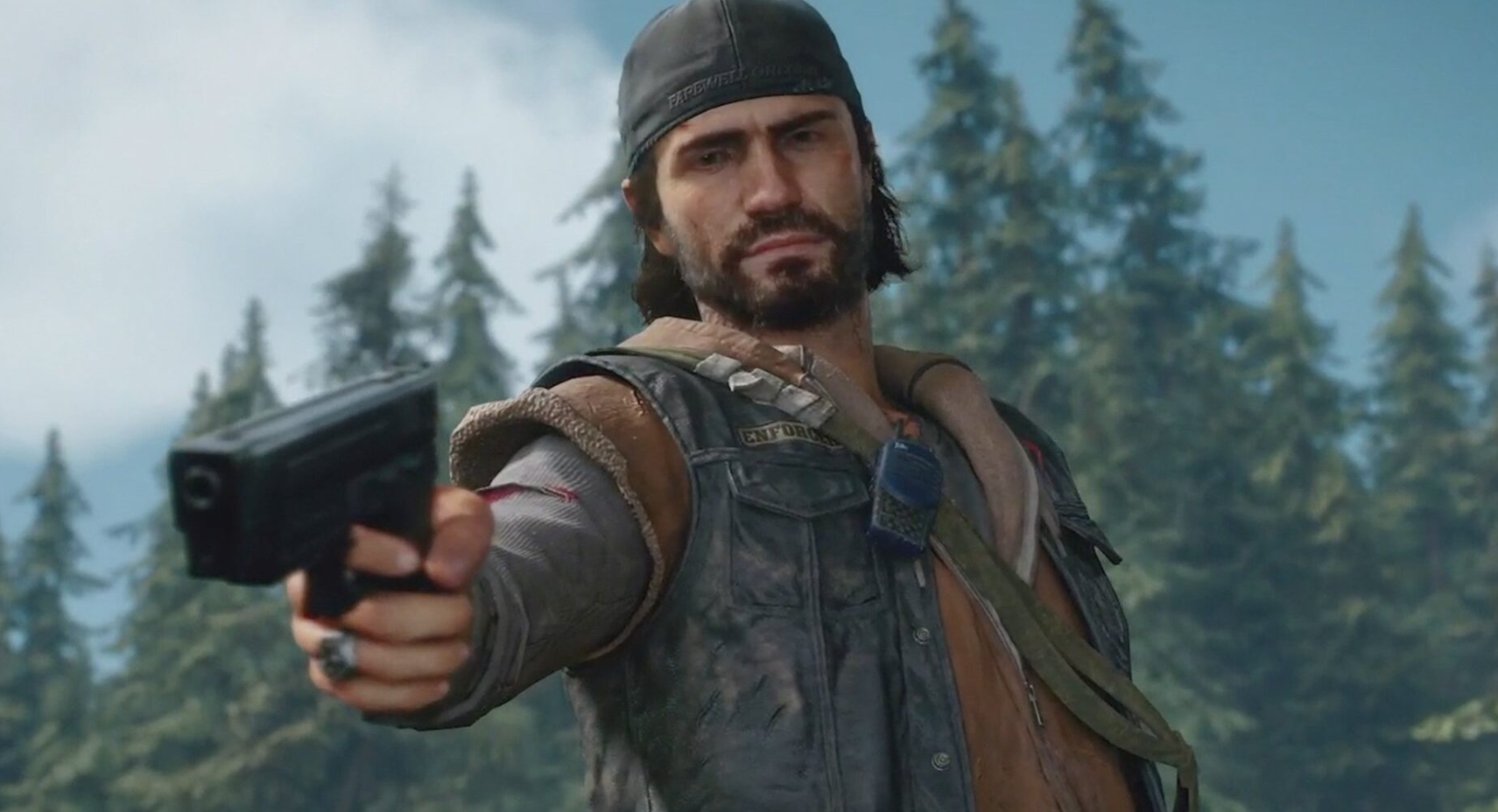
Sometimes you come across cool missions – real mini-movies. For example, when you and your partner make your way into the city, freakers are waiting at every step, a tragic backstory emerges, and then – a sudden raid of marauders, heavy fire, snipers on the roofs, a storm with lightning and hordes of zombies gnawing at everyone in a row. It’s breathtaking. But then the mission ends, and the game seems to say: “Well, now – go get an MP3 player. Or bring the scientist the necessary jar. Or kill two, no, three bandits – to be sure.” And you again plunge into a dull list of tasks that might not have been in the main story. Days Gone could have been a great 15-20 hour adventure with a brisk pace and interesting side quests. But the developers deliberately stretched everything out to 30-40 hours, and this is not always beneficial. Fatigue sets in. You want to get to the point, to the finale – but instead there is another “run and bring”.
Technical flaws creep up on the finale. I played the press version before the first patch – perhaps they fixed everything in the release, but the bugs still spoiled the impression. One crash, a couple of frozen scripts, textures that don’t load, FPS drops… All this is not critical, but annoying. I hope the first patch fixed all of this – alas, I didn’t have time to check. With all these minuses, I even considered giving the game a “C”. Seriously. But a day passed after the finale – and I caught myself missing this world. All the irritation somehow evaporated, and what remained were emotions, warm memories, affection for the characters. Days Gone is not perfect – but it is alive. It knows how to touch. And isn’t that why we play games?
Is Days Gone Worth Playing in 2025: Pros and Cons of Gameplay
Days Gone is not a masterpiece, but it is addictive. It is enjoyable to play, and the story is truly captivating. If the developers had added a little more originality and shortened the plot by at least a couple of chapters, it would have been much cooler.
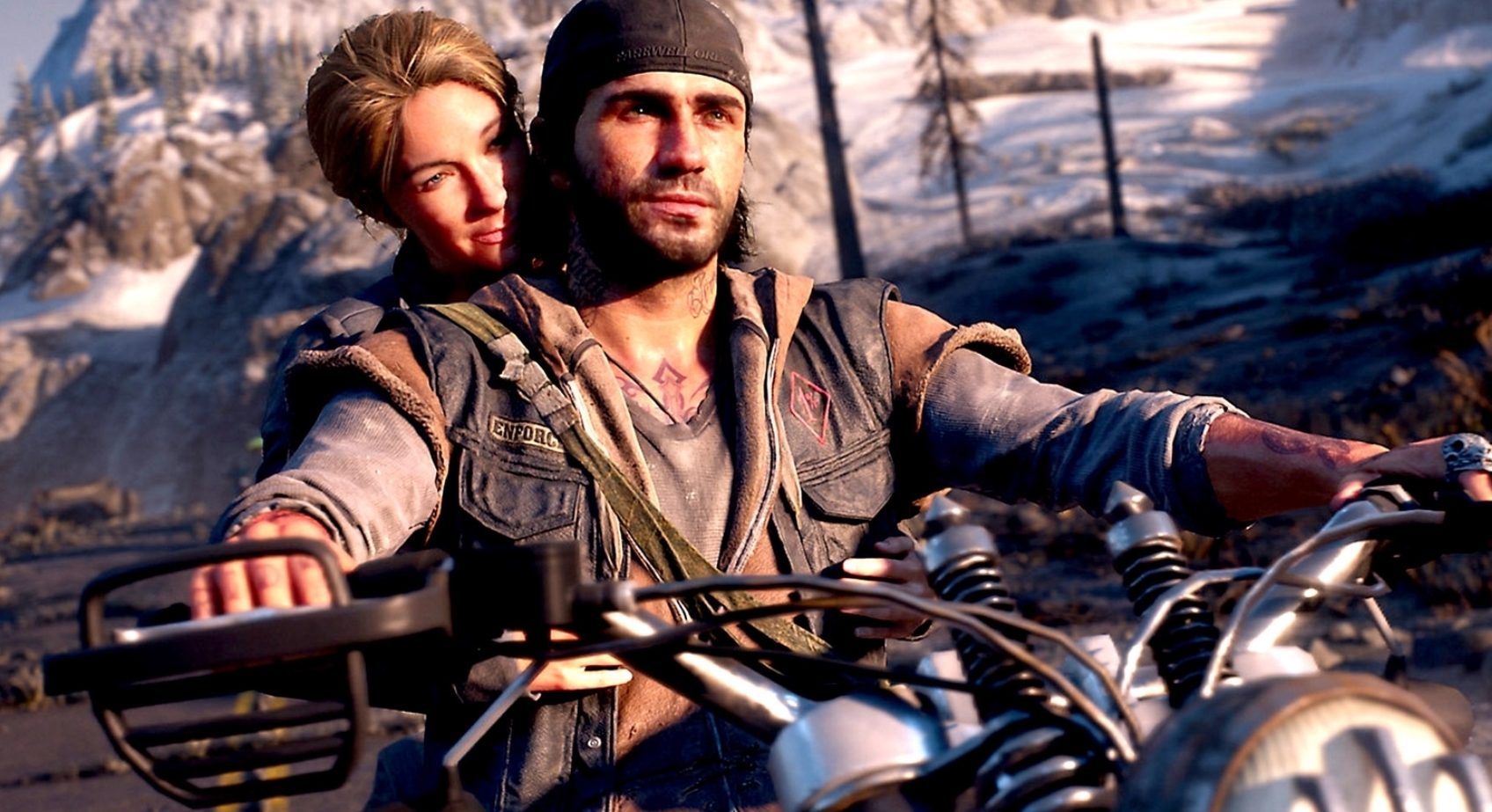
What I liked:
- Cool dialogues and lively acting
- Interesting presentation of the story – you want to follow the plot
- The mechanics in the open world are organically intertwined
- The hordes of freakers are really scary – each raid is like a small horror
- The bike here is not just a means of transport. It evokes the same warm feelings as Roach in the Witcher
What didn’t work:
- A lot of it has already been done somewhere: it feels derivative
- The plot is stretched out – not everything in it holds your interest
- The press version had more than enough bugs
Days Gone System Requirements
Days Gone – System Requirements
| Minimum | Recommended |
|---|---|
| Windows 10 64-bit (OS) | Windows 10 64-bit (OS) |
| Intel Core i5-2500K / AMD FX-6300 (CPU) | Intel Core i7-4770K / AMD Ryzen 5 1500X (CPU) |
| 8 GB RAM | 16 GB RAM |
| NVIDIA GTX 780 / AMD R9 290 (GPU) | NVIDIA GTX 1060 / AMD RX 580 (GPU) |
| DirectX 11 | DirectX 11 |
| 70 GB HDD (SSD Recommended) | 70 GB SSD |
How to play Days Gone for free on Steam via VpeSports
Imagine a world where normal life has ended and the only way to survive is to race along ruined highways on a roaring bike, keeping your hand on the trigger. Days Gone is not just a game, it is a harsh adventure through post-apocalyptic Oregon, where every decision can be your last. You are Deacon St. John, a former biker, a bounty hunter and a man who continues to fight even when it seems like everything is lost.
And the coolest thing? You don’t need to buy anything to immerse yourself in this story. You can get a free steam account with access to Days Gone from us! No hidden conditions and headaches. Just register on the site, log in to your account – and the game will be at your fingertips. We have prepared clear instructions, so all you have to do is download and start your journey through gloomy forests, abandoned gas stations and hostile camps.
When the shooting of freakers gives way to a lull by the fire, don’t forget to leave your feedback. We read every comment, and if it doesn’t appear right away, don’t panic, just slightly correct the text, and after moderation, all the necessary login data will be sent to your email.
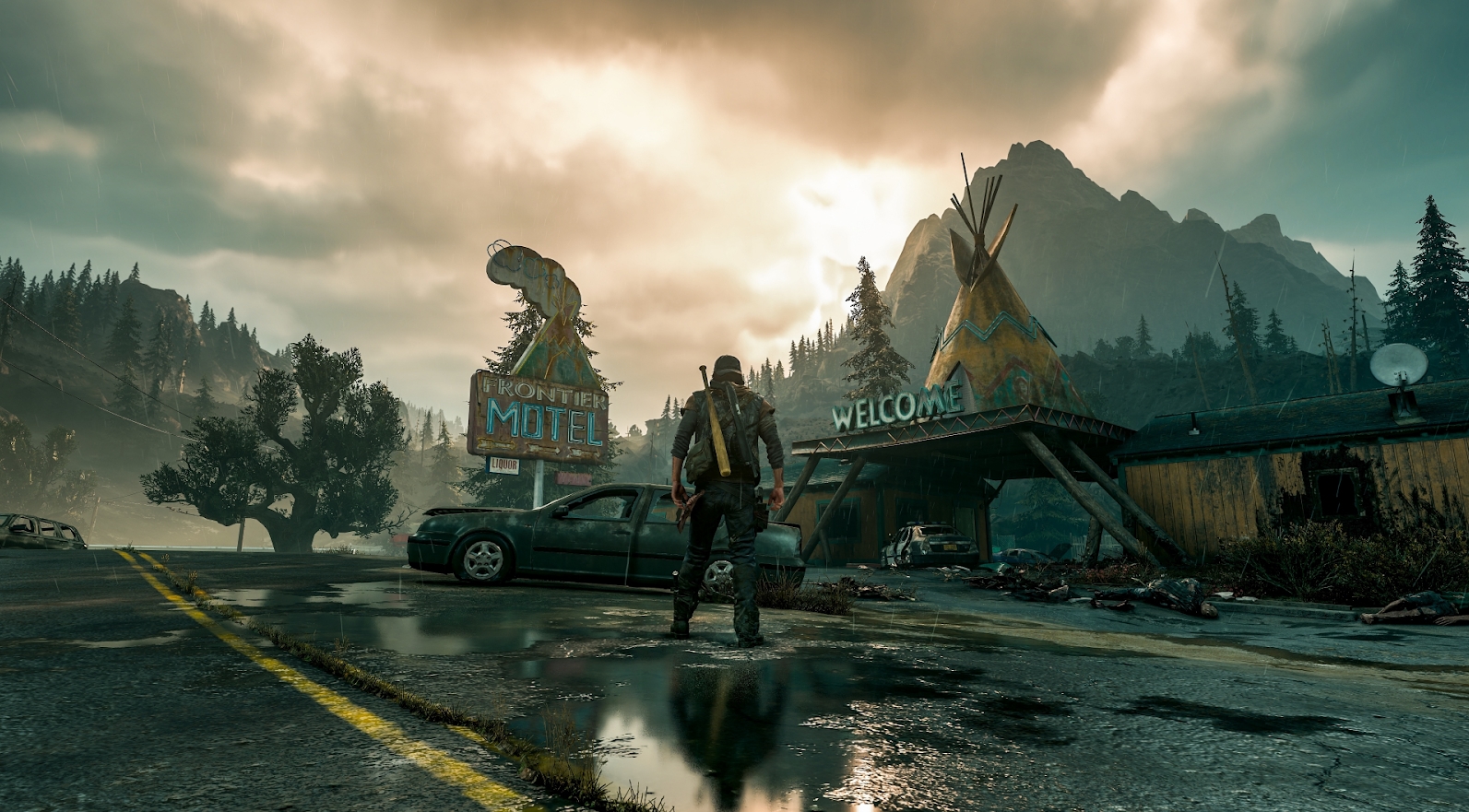
And in order not to miss new free Steam accounts, fresh patches and game news, be sure to subscribe to our Telegram channel. There is an active community there, they discuss bugs, life hacks, share impressions and even organize mini-contests. And if you have any difficulties, go to the section “How to play for free – Complete guide” or just write to us in the chat. We will help you as if you were one of our own.
So start the engine, grab your weapon and head towards danger. The Horde is already close – have time to get away before dark.


